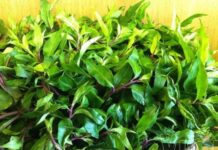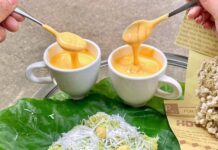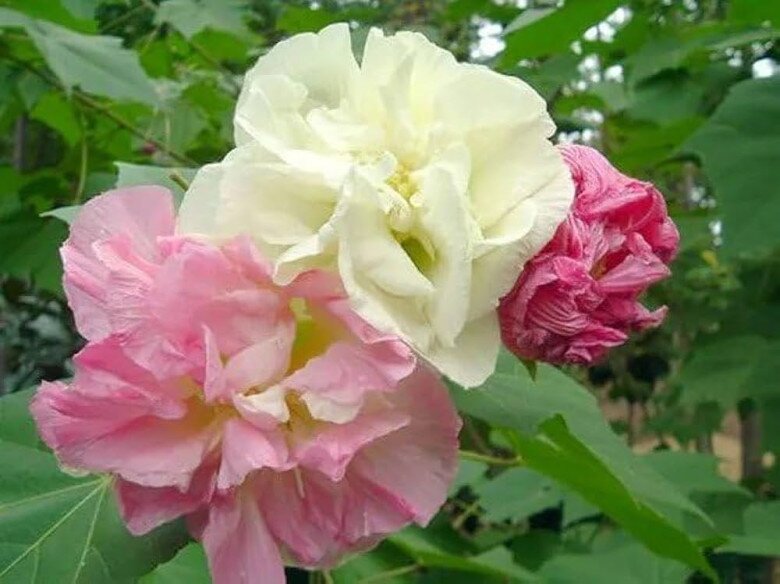Hibiscus is a perennial shrub that can grow up to 5 meters tall, with many spreading branches. The leaves are large and heart-shaped with serrated edges and a hairy underside.
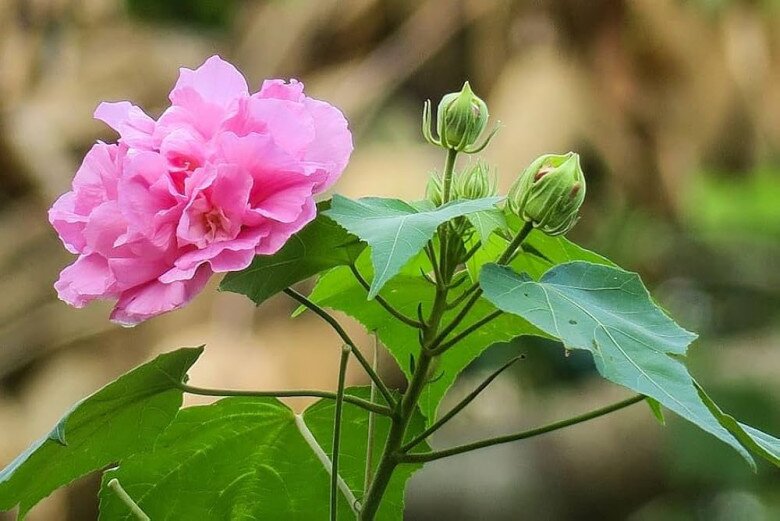
Hibiscus flowers bloom all year round and come in two varieties: single and double petals. The petals are soft and fluffy, with the double-petaled variety being more popular due to its fuller and more rounded appearance. Each flower exudes a delicate and elegant beauty that captivates the hearts of many.
One of the most unique characteristics of hibiscus is its ability to change colors throughout the day. In the morning, the flowers are white, turning pink at noon, and then transforming into a vibrant red in the evening before they wither. This color-changing phenomenon is due to the presence of anthoxyan, a substance that reacts to the temperature of the environment.

Apart from its aesthetic appeal, hibiscus also has medicinal properties. In traditional Eastern medicine, hibiscus leaves are used for their deodorizing, expectorant, and cooling effects, especially in treating lymphadenitis caused by tuberculosis. The flowers are known for their anti-toxic, deodorizing, and chest-stimulating properties, and they are used in treating throat cancer. When combined, the flowers and leaves create a potent remedy for pain relief, antibacterial, diuretic, expectorant, and heat-clearing effects, as well as counteracting various poisons.
For skin conditions, a combination of hibiscus flowers and leaves can be used as a topical treatment for various issues such as scabies, wounds, swelling, skin infections, burns, and boils.
Modern research has discovered that hibiscus flowers and leaves contain ferulic acid, a compound that helps treat diabetes and restore insulin sensitivity.
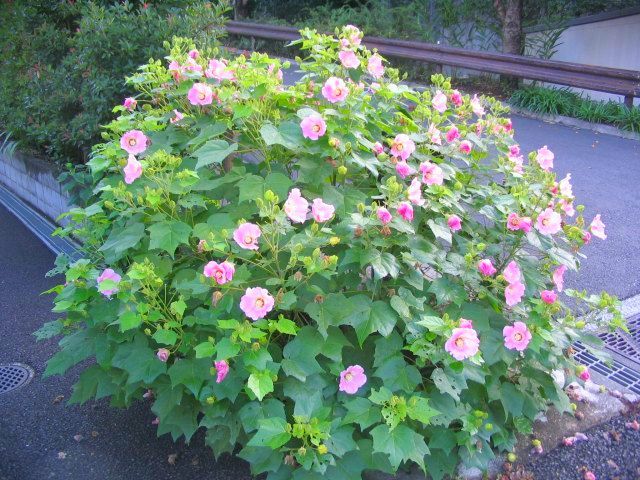
Hibiscus Planting and Care
Despite its short-lived blooms, the hibiscus plant is widely cultivated for its exquisite beauty. You can purchase hibiscus seedlings from flower and garden stores, or you can propagate them through seed sowing, cutting, or layering. Being a wild plant that grows along riverbanks, hibiscus is easy to cultivate, and seeds or cuttings will readily take root.
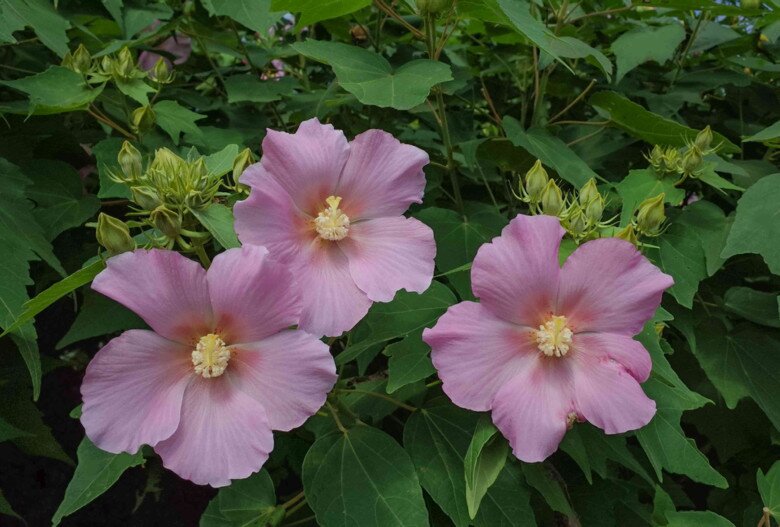
Hibiscus grows rapidly and requires minimal care. However, to ensure year-round blooming, consider the following factors:
– Soil: Hibiscus is not particular about soil type, but it thrives in loose, airy, and well-drained soil. Using organic compost or well-rotted manure as a base fertilizer will enhance the soil’s fertility and promote faster growth.

– Light: Hibiscus prefers sunlight but can’t tolerate intense heat. During the summer, especially at noon, provide shade to prevent the plant from wilting. In winter, keep the plant in a greenhouse, as it can only withstand a minimum temperature of 5°C.
– Watering: Hibiscus likes moisture, so increase watering when the flowers are in bloom and monitor the pot’s moisture level during the summer. In the rainy season, reduce watering to prevent waterlogging.

– Fertilizer: If the initial growing medium was fertilized, hibiscus does not require frequent additional nutrition. However, it is beneficial to fertilize before and after each flowering period to aid the plant’s recovery and encourage new blooms.
– Pruning: Hibiscus grows rapidly and requires regular pruning to maintain its shape and stimulate more abundant, larger, and more beautiful blooms.
The Power of Words: Unveiling the Mystery Behind the Sacred Lotus in Vietnamese Culture
Hibiscus is a flower commonly found in Vietnam, often used for hedges or planted in public spaces. However, it has never been considered a flower worthy of offering to ancestors or for feng shui purposes. With its vibrant colors and delicate beauty, the hibiscus is a hidden gem, waiting to be discovered and appreciated as a symbol of natural splendor and cultural significance.
























